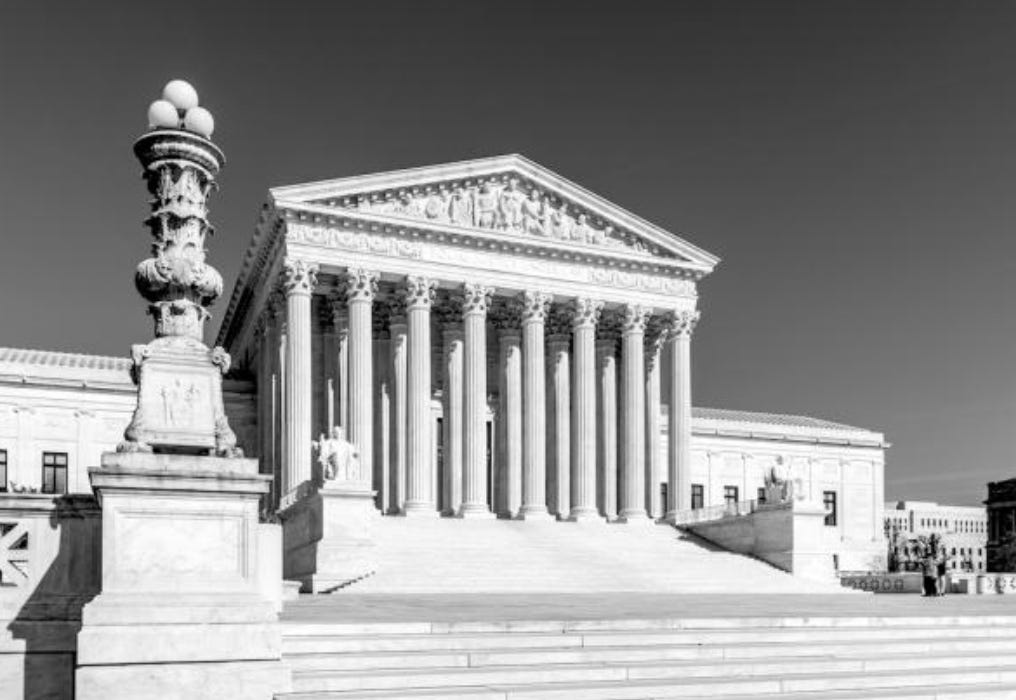TWA from Wednesday, May 17, 2017
“I Knew a Woman”, Copyright © 1954 by Theodore Roethke; from COLLECTED POEMS by Theodore Roethke. Used by permission of Doubleday, an imprint of the Knopf Doubleday Publishing Group, a division of Penguin Random house LLC.
ORIGINAL TEXT AND AUDIO - 2017
Today is the birthday of Dorothy Richardson, born in Abingdon, just south of Oxford (1873). She published her first novel, Pointed Roofs, in 1915. It was the first stream-of-consciousness novel written in English. Richardson disliked the term, referring to the style as an "interior monologue." Pointed Roofs ended up being the first in a 13-novel series called Pilgrimage, based on Richardson's life. She's often thought of as a feminist writer, and Virginia Woolf credited her with inventing "the psychological sentence of the feminine gender."
The Supreme Court ruled that school segregation violated the Fourteenth Amendment on this date in 1954. An eight-year-old girl named Linda Brown in Topeka, Kansas, had to travel 21 blocks every day to an all-black elementary school, even though she lived just seven blocks from another elementary school for white children. Her father, Oliver Brown, asked that his daughter be allowed to attend the nearby white school, and when the white school's principal refused, Brown sued. The court had five school segregation cases from different states on its docket, so the justices combined them under one name: Oliver Brown et al. v. the Board of Education of Topeka. The Supreme Court justices decided to list Brown's case first because it originated in Kansas, and they didn't want to give the impression that segregation was purely a Southern problem.
The legal basis for segregation came from the 1896 Supreme Court case Plessy v. Ferguson, which had established that separate facilities for black and white students were constitutional as long as those separate facilities were equal. When Brown v. Board of Education first came before the Supreme Court in 1952, most of the justices were personally opposed to segregation, but only four of them openly supported overturning such a long-established precedent. The tide shifted in September of 1953 when Chief Justice Fred M. Vinson died of a sudden heart attack, and President Eisenhower chose Earl Warren as the new chief justice. As governor of California, Earl Warren had overseen the internment of many Japanese Americans during World War II, and regretted it. Since the war, he had devoted himself to the cause of civil rights.
Warren's vote alone made the decision 5 to 4 in favor of overturning segregation, but Warren wanted a unanimous decision for such a controversial case. Once he had all the votes, Warren announced the decision to a crowd at the court on this day in 1954. Justice Stanley Reed, a justice from Kentucky who had been the final holdout, wept as the decision was read.
Even though the nation's highest court had weighed in, it took many more years and several more Supreme Court cases before most Southern schools were fully integrated, and de facto segregation still exists in some communities.






Not just Southern communities!